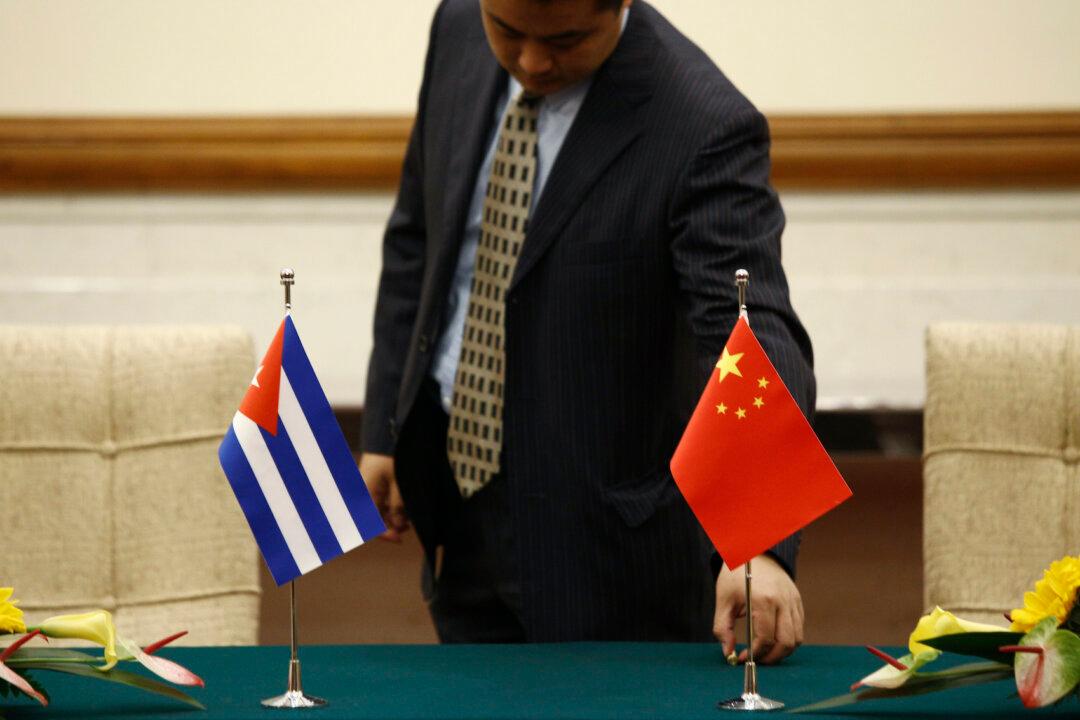Commentary
U.S. Secretary of State Antony Blinken recently visited China, seeking to restore high-level dialogue between Washington and Beijing.

U.S. Secretary of State Antony Blinken recently visited China, seeking to restore high-level dialogue between Washington and Beijing.